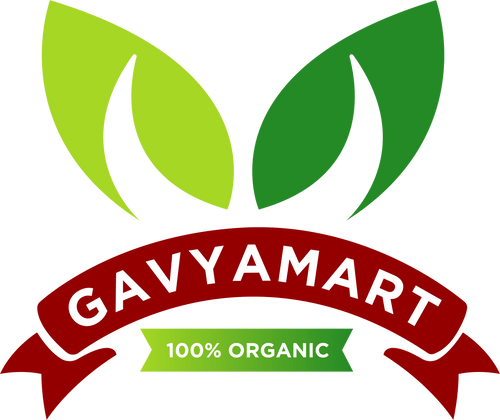Bilona Ghee Vs Processed Ghee: Know the Difference
Certainly! Below is a comparison between Bilona Ghee and processed ghee in various aspects:
-
Processing Method:
- A2 Bilona Ghee:
- Traditional method involving the churning of curd to obtain butter.
- The butter is then slow-cooked to extract ghee.
- Processed Ghee:
- Obtained through industrial processes like direct cream extraction or using vegetable oils.
- Often involves chemical refinement and high-temperature processing.
-
Nutrient Retention:
- Bilona Ghee:
- Keeps more nutrients as it's made traditionally, containing vitamins like A, E, and D.
- Processed Ghee:
- It may lose some nutrients during manufacturing, so it might have fewer vitamins compared to Bilona Ghee.
-
Flavour and Aroma:
- Bilona Ghee:
- Rich, nutty flavour with a distinct aroma.
- Offers a more authentic and traditional taste.
- Processed Ghee:
- Tends to have a milder flavour and less distinctive aroma.
- Flavour might be influenced by the source of fats used.
-
Colour:
- Bilona Ghee:
- Golden-yellow, the classic colour of traditionally prepared ghee.
- Processed Ghee:
- Can be paler or white, depending on processing and fat sources.
-
Fatty Acid Composition:
- Bilona Ghee:
- Contains a balanced ratio of saturated, monounsaturated, and polyunsaturated fats.
- Processed Ghee:
- May have a different fatty acid profile based on the oils used in processing.
-
Health Benefits:
- Bilona Ghee:
- Rich in antioxidants and potentially good for digestion and nutrient-dense.
- Processed Ghee:
- May lack some of the natural compounds present in Bilona Ghee.
- Health benefits might vary based on the quality of raw materials used.
-
Price:
- Bilona Ghee:
- Generally, more expensive due to the labour-intensive traditional method.
- Processed Ghee:
- Often more affordable due to large-scale production.
-
Source of Fats:
- Bilona Ghee:
- Derived from milk through the butter-making process.
- Processed Ghee:
- Can be made from various sources, including vegetable oils.
Conclusion:
Both Bilona Ghee and Processed Ghee have their pros and cons. A2 Bilona Ghee, being traditional and more nutrient-dense, is a preferred choice for those valuing authenticity and potential health benefits. Processed ghee may be a more economical option, but it might lack some of the nutritional richness associated with traditional methods. Ultimately, the choice depends on personal preferences, budget, and health considerations.

